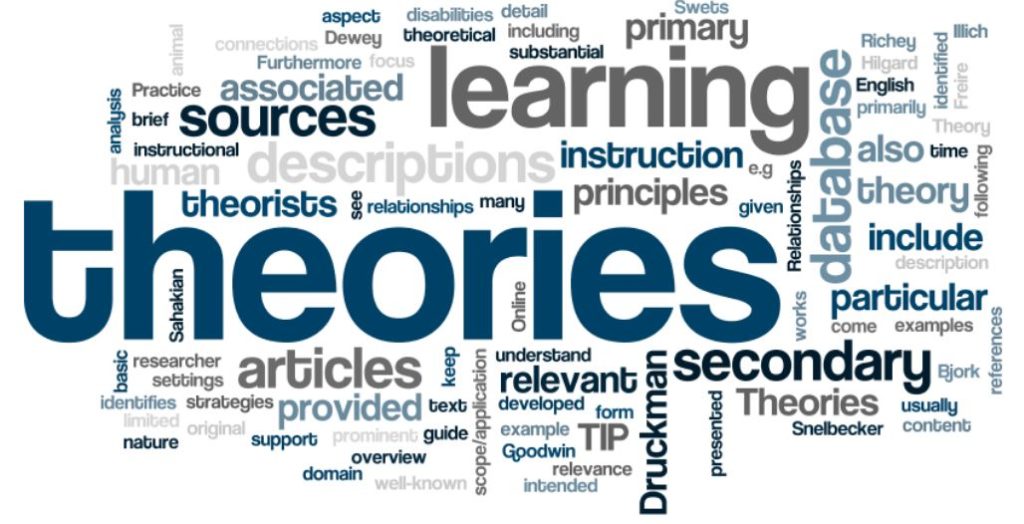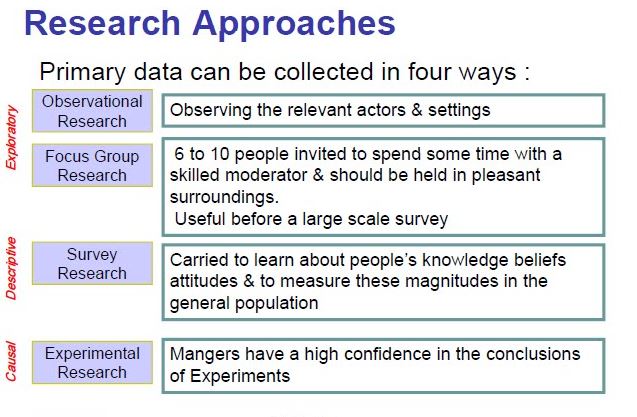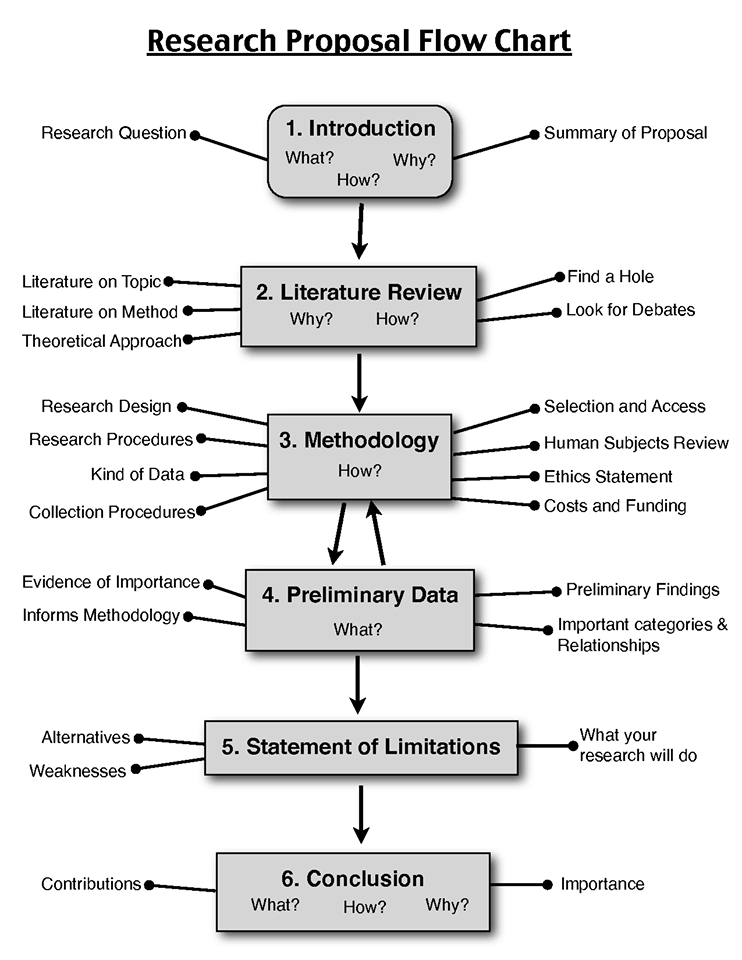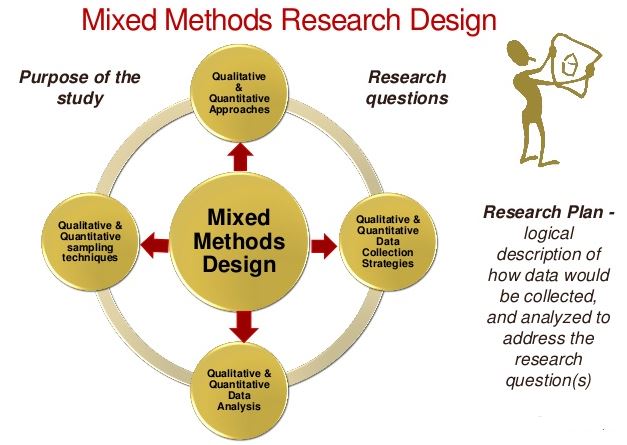An instructional theory refers to a theory that provides clear guidance on how to assist individuals learn and develop. Instructional theories center on how to design material for enhancing the education of individuals. They differ from learning theories in the sense that while learning theories explain how learning occurs, instructional theories stipulate how to assist individuals to learn.
Stated differently, instructional theories, as informed by learning theories, delineate the core teaching approaches (such as worked examples versus partial solutions, lecture versus cooperative activities, immediate versus deferred reinforcements) that may be included in a lesson. Instructional theories are usually normative and situation specific. The field of instructional science deals with understanding and improving instructional methods to make them more appealing and effective (Edgar, 2012, p. 2).
The origins of instructional theories can be traced to formative endeavors by educational psychologists to map out the link between psychology and the pragmatic application of instructional theory in education settings. John Dewey (1910) and Edward Thorndike (1913) are two important theorists who envisaged a special connection between instructional theory and educational practice (Dijkstra, Schott, Tennyson & Seel, 2012, p. 3). The connection between the philosophical perspectives and instructional theories is obvious. For instance, learning activities in a traditional classroom are centered on and controlled by the instructor, who presents the materials to be learned and prescribes the kinds of learning activities that students engage in.
Learners are expected to read and analyze the information (through homework and classroom activity) until they master it. Knowledge is regarded as a commodity to be passed from the teacher to the learner. In sum, instructional theories identify methods of instruction (ways of supporting and facilitating learning), as well as the circumstances in which the methods may or may not be used.
A Perspective on the Connection between Theory and Practice
The connection between instructional theories and pedagogical practices is made complex by a number of factors. It can be perceived that pedagogical practices should be founded on the best instructional theories available, but this relationship may not be as simple. Educational practices are likely to be informed by philosophical beliefs than by empirical evidence and theoretical discernment of learning. Learning institutions are established according to the various cultural and community beliefs and worldviews, the human nature, as well as what are to be learned. They also differ with respect to their beliefs regarding teaching and learning, although philosophical convictions frequently come first (Duffy & Jonassen, 2013, p. 17).
All instructional programs and educational systems incorporate some instructional theory, even though such theory is in most instances implied and frequently goes unnoticed. Vastly different classrooms materialize from different philosophical views. For instance, if one is of the conviction that knowledge is produced anew by each student, that a student’s mental activity decides what he or she learns, and that learning happens from engaging in authentic assignments in a social atmosphere, then the resultant classroom is likely to involve learners working on projects and learning in groups.
In this manner, the students are able to discuss how best to tackle problems or consult on the meaning of various concepts. There is a consistency between theoretical beliefs and pedagogical practices. However, the question concerning which comes first is not always clear since evidence exists that people seek out and agree to information that affirms their preexisting beliefs while rejecting those that do not conform to such beliefs.
There exists a reciprocatory link between theory and practice. A common conviction is that knowledge flows from systematic theories to the advancement of effectual practices, that effective instructional theories inform sound pedagogical practices (Leong & Austin, 2006, p. 7). However, science does not always work in such a linear manner. An examination of both social and physical sciences reveals that ideas frequently derive from observation and interrogation of naturally occurring events. Scientific theories often come from attempts to find practical solutions to problems, such as asking the question “what is the best approach of teaching the concept of osmosis?”.
Established pedagogical practices that teachers have been found to be effectual should be used as sources of ideas in coming up with a practicable instructional theory. A final caveat in comprehending the connection between theory and practice involves acknowledging that the learners are more important than the instructor in deciding the material to be learned. However, this is not to say that the teacher’s role is unimportant, only that the perceptions, previous knowledge, and beliefs of learners should dictate what and if they learn things related to the teacher’s instructional goals.
Attribution Theory
This theory deals with the manner in which individuals perceive and use information to explain events (Higgins & LaPointe, 2012, p. 1). It looks at what information is collected and how it is treated to shape a causal judgment. Heider (1958) first proposed the attribution theory, although other psychologists such as Weiner (1974) and Jones et al (1972) developed a theoretical framework that later became a key research model in social psychology. Heider offered a discourse on what he termed as “commonsense” or “naïve” psychology. According to his perspective, individuals are similar to recreational scientists, attempting to understand the behavior of other individuals by gathering and analyzing information until they obtain a reasonable cause or explanation.
Instructional Theories – Key Statements and Assumptions
Attribution theory concerns itself with how people construe events and how this construal relates to their thoughts and behaviors. The theory presumes that individuals try to determine why people behave in the manner that they do. An individual seeking to understand why other people or person behaved in a certain manner may attribute one or several causes to the behavior (Erbas, Turan, Aslan & Dunlap, 2010, p. 118). Heider proposed that individuals usually make two kinds of attributions, namely internal attribution and external attribution.
Internal attribution involves the deduction that a person is acting in a certain manner because of some inherent attribute about the individual, such as personality or attitude. Conversely, external attribution involves the assumption that a person behaves in a certain manner due to the circumstances that he or she is undergoing. Attributions are also considerably affected by motivational and emotional drives (Higgins & LaPointe, 2012, p. 3). Faulting other people and evading personal blame are existent convenient and self-serving attributions.

Individuals also tend to make attributions in defending against what they perceive as attacks. People sometimes even blame victims for their circumstances as they seek to distance themselves from thoughts and feelings of suffering the same predicament. Lastly, individuals also tend to assign less variableness to other people than themselves, viewing themselves as more versatile and less conventional compared to others.
A three-stage process forms the basis of an attribution. First, the individual must observe or perceive a behavior. Second, the individual must trust that the behavior was deliberately performed, and lastly, the individual must establish if he or she believes that the other person was coerced into performing the behavior (in such a scenario, the cause will be attributed to the circumstances) or not (where the action will be attributed to the other individual). Weiner’s attribution theory focused on achievement. He identified effort, aptitude, task complexity, and luck as essential factors that affect attribution for achievement (Higgins & LaPointe, 2012, p. 2). Attributions are categorized under three underlying dimensions, which include stability, controllability, and the locus of control (Jarvis, 2012, p. 148).
The stability dimension looks at whether causes remain constant or change with time. For example, effort may be categorized as internal and variable while aptitude may be categorized as a constant, internal cause. Conversely, controllability contrasts causes that are within the control of an individual, such as skills, from those that one is not able to control, such as mood, ability, the actions of other individuals, and luck. Lastly, the locus of control dimension is divided into two poles, which include external and internal locus of control.
Application of the Attribution Theory
Weiner’s Attribution Theory has found widespread application in various fields, including clinical psychology, law, and education. Weiner contended that causal attribution determines how people react to achievement and failure. For instance, a student is not likely to experience a sense of pride and accomplishment if he or she receives an A grade from an instructor who gives only higher grades. Conversely, a higher grade from instructors who issues few high grades is likely to lead to immense satisfaction to the student (Weiner, 1980, p. 362).
Students with higher academic achievements and high self-esteem often attribute their superior performance and achievements to internal, established, and intractable factors such as aptitude while attributing failure to internal, tractable factors such as task complexity and the level of effort. For instance, students experiencing recurring failure in numeracy are likely to consider themselves as being less proficient in arithmetic.
This self-perception of numeracy ability evidences itself in the learner’s prospects of success on numeracy tasks, as well in their thoughts on failure or success in the same tasks. Similarly, learners with learning disabilities are more likely to attribute their failure to ability, which is an intractable factor and not effort, which is more tractable.
The Elaboration Theory
This theory holds that to optimize learning, instruction should be prepared in an order of increasing complexity. For instance, when teaching procedural tasks, it is important to present the simplest adaptation of the task first. The lessons that follow should present additional adaptations until all the tasks have been taught. In all the lessons, the teacher should remind the students of all tasks taught (synthesis or summary). An important view of the Elaboration Theory is the observation that the student needs to develop a purposeful context for the assimilation of consequent skills and ideas (Nenkov, Haws & Kim, 2014, p. 769). Therefore, the Theory deals solely with organizational approaches at the macro level.
It stipulates that the instruction begin with an overview that provides knowledge of a few simple but general ideas, with the rest of the instruction presenting exhaustive ideas that expound on earlier ones. The Elaboration Theory includes three models of instruction, as well as systems from stipulating these models based on instructional goals.
Similar to other models of instruction, the three components comprise strategy components. It is imperative to note that the Elaboration Theory is not fixed, but continues to improve as studies expose weak strategy aspects that should be purged from the model and novel strategy aspects that ought to be included into the models.
The Models of the Theory
The three models of the elaboration include procedurally organized model, the conceptually organized model, as well as the theoretically organized model (Reigeluth, 2013, p. 368). A procedurally organized learning program, such as a regression analysis course, would teach the least complex and most generally applicable processes and procedures first, with the rest being taught as is necessary in attaining the same purpose but under different and more challenging conditions.
Conversely, a course in genetics may utilize a conceptually organized model where the general concepts are presented first. Lastly, a course in introductory microeconomics would probably utilize a theoretical structure where the fundamental principles (such as marginal costs, costs and opportunity costs, scarcity, rational choices, etc.) are taught first.
Application of the Elaboration Theory
The theory may be applied to the design of instruction, particularly in the cognitive domain. Instruction is more effectual when it adheres to an elaboration strategy, that is, the use of epitomes comprising analogies, motivators, syntheses, as well as summaries. For instance, nearly all economic principles may be explained as elaborations of the classic law of demand and supply, including taxation, regulation, and monopolies.
Problems with the Instructional Theories and Recommendations
Elaboration theory contends that the structure of content should be made plain and overt to learners through a number of organizers and synthesizers. This view is rather problematic in the sense that presenting learners with an outline that reflects the text structure is likely to encourage memory-level indoctrination and encumber the transfer of the memorized material to problem-solving assignments. Such likely negative outcomes of explicit teaching structure might be because of the continuous knowledge-of-result feedback that is usually characteristic of motor learning tasks. It is uncontested that learning may not occur when learners are able to decipher things effortlessly.
As it is currently constituted, the Elaboration Theory is more of an instructional design procedure than a theory. It provides precise steps for structuring instruction. Such a procedural approach presents two principal problems. First, the procedural directions prescribed beforehand often go beyond the knowledge base regarding instructional and learning processes and are frequently at variance with such knowledge and second, those tasked with designing instructions are disposed to adhere to models in a general, principle-based manner notwithstanding the procedural stipulations.
The theory should be redeveloped into a series of guiding rules that are lucidly referenced to instructional and learning processes. A rule-based formulation will permit instructional designers to adapt the theoretical constructs to a wider variety of situations.
The Component Display Theory
This theory was developed by David Merrill (1983) and delineates the microelements of instruction, that is, particular ideas and means of teaching them (Reigeluth, 2013, p. 279). The theory categorizes learning as bi-directional and comprising of content (concepts, facts, processes, principles, and procedures) and performance (memory and generalities). It identifies four principal forms of presentation, which include rules, examples, recall, and practice.
Rules refer to expositive presentation of generality while examples are expositive presentation of occasions and instances (Duncan & Goddard, 2011, p. 80). Conversely, recall is inquisitory or probing generality while practice refers to probing instances. The Component Display Theory also includes secondary presentation forms, which include goals, mnemonics, preconditions, as well as feedback. The theory stipulates that instruction is only effective as long as it contains all essential primary and secondary forms. Therefore, a comprehensive lesson would comprise of a goal, followed by a permutation of rules, examples, practice, mnemonics, recall, and feedback that are task-specific and appropriate.
CDT further proposes that for a given goal and student, there exists a distinctive combination of the various forms of presentation that leads to the most effectual and successful learning experience. In addition, a number of assumptions underlie the Component Display Theory. While there are several varieties of memory, the theory holds that algorithmic and associative memory structures have direct connections to the performance aspects of Find/Use and remember correspondingly. While algorithmic memory is made up of outlines or rules, associative memory consists of successive levels of network structure. The differentiation between the Find and Use performances lies in the use of extant rules in processing inputs compared to forming new rules through the restructuring of existing ones.
Application of the CDT
The Component Display Theory has found extensive usage in applied instructional design. It was employed in designing the TICCIT computer-based instructional system (Choi, 1986, p. 40). One of the key roles of instruction is to foster active mental processing by the learner. Evidence exists that there is a direct correlation between the quality and quantity of learning and cognitive processing of pertinent information by the student. Nonetheless, proper use of attention focusing information, as well as an experiential environment, may improve the requisite mental processing, thereby improving the level of learning. Because computers are interactive, the execution of this active involvement becomes easier than is the case with other instructional media.
Limitations of the CDT
There exist at least for different elements of instruction that impinge in student performance, including the organization of instruction, the method of instruction delivery, student motivation, and the method used in managing the interaction between the instruction and the student (Choi, 1986, p. 43). Further, instructional organization may be classified into two distinct categories, which include organizing instruction on a set of topics and organizing it on one topic. The Component Display Theory only examines the organization of instruction on one topic. Although the theory covers only a single, limited facet of instruction, its meticulous procedures offer instructional designers ways of producing effectual instruction within this limited domain.
Instructional Theories Conclusion and Thoughts
The basic aim of instructional theories is to enhance the quality of instruction. A learning-focused instructional theory should provide guidelines for designing learning environments that can offer the proper combinations of self-direction, empowerment, structure, guidance, and challenge. It must also include guidelines for aspects that have been mostly ignored in instructional design, which include deciding among the various instructional approaches, including project-based learning, tutorials, problem-based learning, and simulations.
The needs for learning have increased and, therefore, new paradigms must provide guidelines for promoting social, emotional, spiritual, attitudinal, and ethical development, as well as an intricate understanding, meta-cognitive strategies, complex cognitive tasks, and higher-order critical thinking skills in the cognitive sphere. Various instructional theories must provide guidelines in every of the above spheres of learning and development.
References
Choi, S. Y. (1986). Application of Component Display Theory in Designing and Developing CALI. Calico Journal, 3(4), 40-45.
Dijkstra, S., Schott, F., Tennyson, R. D., & Seel, N. M. (2012). Instructional Design: Volume I: Theory, Research, and Models:volume Ii: Solving Instructional Design Problems. Hoboken, NJ: Taylor and Francis.
Duffy, T. M., & Jonassen, D. H. (2013). Constructivism and the technology of instruction: A conversation. Hillsdale, NJ: Lawrence Erlbaum Associates Publishers.
Duncan, S. F., & Goddard, H. W. (2011). Family life education: Principles and practices for effective outreach. Thousand Oaks, CA: SAGE.
Edgar, D. W. (2012). Learning theories and historical events affecting instructional design in education: Recitation literacy toward extraction literacy practices. Sage Open, 2(4), 1-9.
Erbas, D., Turan, Y., Aslan, Y. G., & Dunlap, G. (2010). Attributions for Problem Behavior as Described by Turkish Teachers of Special Education. Remedial and Special Education, 31(2), 116-125.
Higgins, N. C., & LaPointe, M. R. P. (2012). An individual differences measure of attributions that affect achievement behavior: Factor structure and predictive validity of the academic attributional style questionnaire. Sage Open, 2(4), 1-15.
Jarvis, M. (2012). Teaching psychology 14-19: Issues & techniques. Abingdon, UK: Routledge.
Leong, F. T. L., & Austin, J. T. (2006). The psychology research handbook: A guide for graduate students and research assistants. Thousand Oaks, CA: Sage Publications.
Nenkov, G. Y., Haws, K. L., & Kim, M. J. (2014). Fluency in Future Focus: Optimizing Outcome Elaboration Strategies for Effective Self-Control. Social Psychological and Personality Science, 5(7), 769-776.
Reigeluth, C. M. (2013). Instructional-design theories and models: An Overview of Their Current Status. Hillsdale, NJ: Lawrence Erlbaum Associates.
Relevant Posts
Dissertation Help
Approaches for Research Dissertations
Did you find any useful knowledge relating to instructional theories in this post? What are the key facts that grabbed your attention? Let us know in the comments. Thank you.




